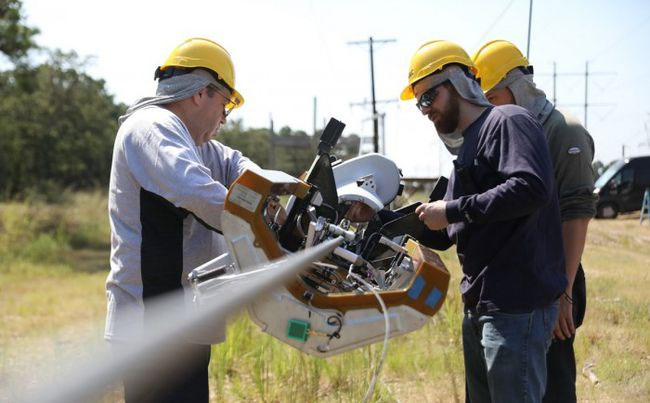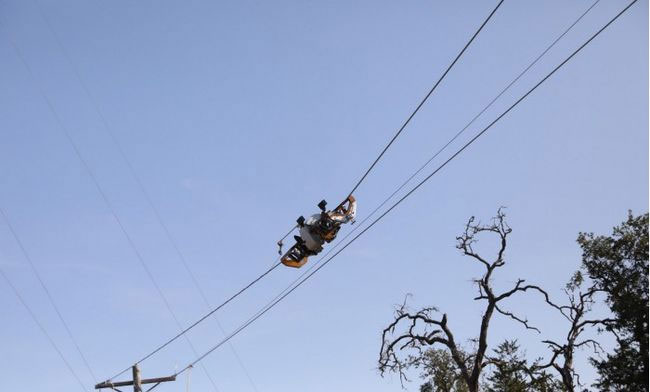A research team at social media giant Facebook claims to have created an undersea fiber optic cable that offers 200 times the Internet capacity of transatlantic cables in the 2000s. The new cable is based on the company’s investment in 2Africa PEARLS, the world’s longest submarine cable system that connects Europe and the United States (US) and connects Africa, Europe and Asia over 45,000 kilometers.
The company also said it invented a new robot called Bombyx. The robot travels along power lines and winds fiber optic cables. “Since we first announced Bombyx, Bombyx has become lighter, faster and more agile. We believe it could have a fundamental impact on the economics of fiber deployments around the world.” The company states in a blog post.

Facebook CTO Mike Schroepfer said that robots reduce fiber deployment to “a part of (current) cost”, so robots “single the biggest reduction” in fiber deployment costs. Said that it could be. He also argued that Facebook’s work on submarine cable space would triple the total amount of Internet bandwidth in Africa.
In addition to a millimeter-wave based connectivity initiative called Terragraph, Bombyx and the new cable are part of Facebook’s investment in global connectivity. Bombyx is a method of aerial fiber deployment. Fiber lines are also deployed underground and under the sea where Bombies are not designed.
“Underground construction costs significantly more than aerial construction, so power infrastructure is most often only in the air outside the city center and wealthy communities. To take advantage of the power grid and reduce the cost of fiber deployment. We chose to focus on building aerial fibers, “the company said in a July blog post.
For companies like Google and Facebook that make the most of their money by collecting user data for advertising purposes, it’s imperative to bring more people to the Internet. Google has a project called Taara that uses free-space optical communication (FSOC) technology. It was originally planned to be used under Project Loon to beam down the Internet to remote locations using hot air balloons.
According to Facebook, Taara is a point-to-point solution, but Terragraph technology is a point-to-multipoint, so it builds a more “elastic mesh.” FSOC technology requires a clear line of sight to transmit broadband Internet over 20 Gbps from one. Refers to another.
In addition, the social media giant also said he was working on a floating buoy that could power repeaters from the middle of the ocean. Internet operators are now placing repeaters along the coast to extend their signals. The amount of power that can be supplied to repeaters is essential to the capacity of the Internet’s submarine cable system.

Facebook says it is investigating wave energy converters and solar panels for buoys, claiming that the solution will eventually move from 0.5 petabits per second to 5 petabits per second.

